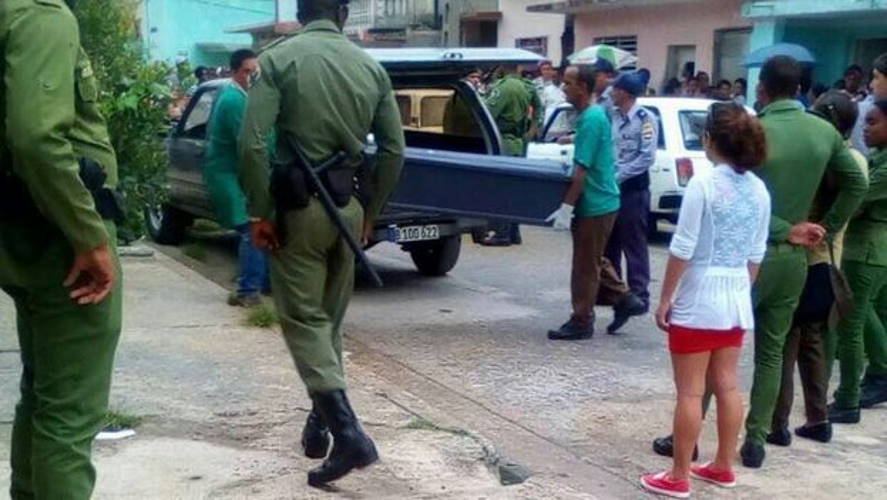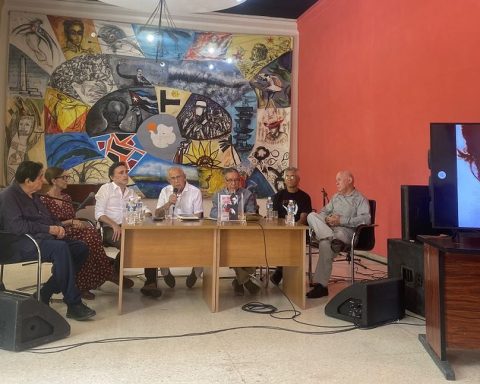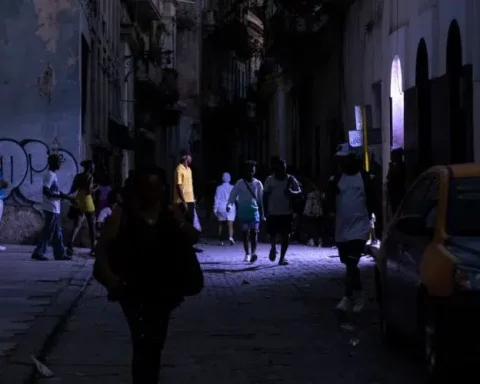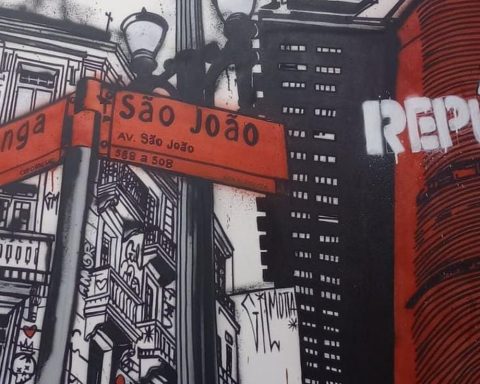Havana Cuba. — If Castroism has been effective in anything —or if those who insist on calling it the “Cuban revolution” prefer it— it is in creating myths: the Sierra Maestra, Che Guevara, the threat of US aggression, the genius of Fidel Castro, the more than 600 attacks against it, the US blockade guilty of almost everything bad that happens in Cuba, free health and education, the cultured and educated people, the supportive and just society, etc.
Another of those myths, very convenient to attract foreign tourists, is that Cuba is a calm and safe country, where you can walk down the street without any problem at any time and in any place. But that myth, like almost all the others, is fading.
In recent years, assaults in the middle of public roads, the seizure of cell phones, bags and backpacks have become very frequent. There are assailants willing to tear off your arm as well as your head for a watch or a gold chain; even willing to kill you, because the number of murders, sometimes atrocious, to steal has increased.
A few days ago, in Centro Habana, a Cuban residing in Spain who had come to Cuba to visit his family was hit on the head, stabbed and beheaded by assailants who entered his home. It all happened in the presence of his wife and his daughter.
There is no red story in the official Cuban press, but news of these incidents spread quickly, spreading and creating alarm among the population. Hence, there are fewer and fewer night walkers, more houses with bars or high walls and protected by big and fierce dogs, and people think twice before opening the door to a stranger.
The frequency with which these events occur is astonishing if one takes into account that in Cuba the possession of weapons is strictly prohibited, there are Committees for the Defense of the Revolution (CDR) and innumerable informers on every block, one can go to jail just because the The head of the sector considers that you are prone to crime, and there are such a number of police officers on the streets that they resemble an occupying army.
In 2012, according to data from the United Nations Office on Drugs and Crime (UNODC), Cuba had a rate of five homicides per 100,000 inhabitants, which placed it slightly ahead of the United States, whose rate was 4.8.
Undoubtedly, today, with the crisis in which Cuba is plunged —the worst in its history—, the homicide rate must have risen.
Keep in mind how frustrated, enervated and violent people are on the Island. For a position in a market line, a stomp on a crowded bus or a dispute between neighbors, they are willing to attack each other, armed with whatever they find at hand.
To the harvest of dead and wounded contribute the debts of money that are collected with life; drugged young people who seek to write down blood facts so that they are taken into account when swearing as abakuás, now that they have caught the respectable brotherly sect for their criminal activities; the settling of scores between gang members; the reggaeton parties that almost always end with machetes; the fights between drunks; fights between prisoners.
And there are more and more crimes of passion. They commit them out of jealousy, out of spite, males so macho, females so female, and homosexuals so homosexual, that they do not accept that their partner is not their property, because they did not buy it in a bazaar or a slave market, and they prefer to repeat it at best. 19th century style: “Mine or nobody’s”.
But even if they officially refuse to accept that there are femicides in Cuba —and in what way!—, most of the victims of these crimes of passion are women.
Despite the television spots, the campaigns of the FMC and CENESEX, and the family care homes, domestic violence has not diminished. What will decrease with overcrowding and the burden in which we live!
Couples get along like cat and dog. Many men take out their frustrations on their women, insulting and hitting them. Few women file a complaint, even though they fear for their lives, because generally the policemen, if the matter is not of great importance, because of that deeply rooted in Cuba that “no one should interfere between husband and wife,” advise them to resolve the matter. problem between them, that the PNR has other more important matters to attend to, such as, for example, collecting the dead after a riot, protecting foreign tourists, extorting money from jineteras and coleros or helping State Security to suppress dissidents.
The homicide rates reported by UNODC do not necessarily indicate the overall level of violence in a country, but they do give a pretty good idea.
Some may be consoled by the fact that in the Americas there are other countries with higher homicide rates than Cuba: Jamaica (40.9), El Salvador (69.2), Honduras (91.6), Colombia (31.4), Venezuela (45.1). It is poor consolation. The fact that Cuba is not one of the countries with the highest murder rate in Latin America (the second region in the world in terms of intentional homicides), does not mean that violence in Cuban society is not an increasingly alarming phenomenon. And the worst: the causes that motivate it, far from diminishing, worsen.
OPINION ARTICLE
The opinions expressed in this article are the sole responsibility of the person who issues them and do not necessarily represent the opinion of CubaNet.
Receive information from CubaNet on your cell phone through WhatsApp. Send us a message with the word “CUBA” on the phone +525545038831, You can also subscribe to our electronic newsletter by giving click here.


















